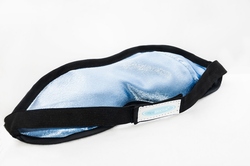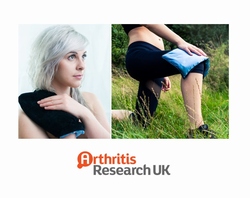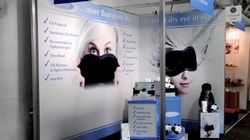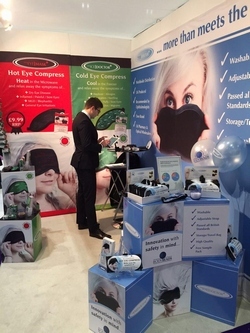News
Comparison of eyelid warming masks
- 20 September 2017
- Research
- Sam, Sales Director
Zoe Lacroix, Stephanie Leger, Etty Bitton
Ecole d’optometrie, Universite de Montreal, 5160 Ave Decelles, Apt 208 Montreal, QC, Canada H3T 1V5
Purpose: A principal cause of evaporative dry eye (DE) is poorly functioning meibomian glands (MG). Conventional therapy advocates warm compresses using a towel or eyelid warming masks in an attempt to liquefy the meibum and enhance the tear film quality. A temperature between 40 and 42 ◦C for at least 4 min has been advocated as ideal to liquefy the meibum. The purpose of this study was to evaluate and compare the heat retention properties of commercially available eyelid warming devices over a 12-minute interval.
Method: Five eyelid-warming masks (MGDRx EyeBag, Eye-Doctor, Bruder®, TranquileyesTM, Thera Pearl®) were heated in a microwave following manufacturer’s instructions and used to investigate their heat retention properties at 1-minute intervals for 12 min on a non-conductive styrofoam insulator surface. A thermometer probe, placed between the mask and the board, was used to measure the temperature 3 times and averaged. A facecloth warmed with hot tap water was used as comparison.
Results: All masks heated to above 40 ◦C within 1 min after heating and remained so for 5 minutes, with the exception of the facecloth, which lasted only 3 min and quickly degraded to 30◦C within 10 min. Two masks (Bruder®, TranquileyesTM,) reached near 50◦C or above, after heating and only 1 (Bruder®)maintained ">50 ◦C for nearly 5 min. Three masks (EyeBag, EyeDoctor, Thera Pearl®) had the most stable heat retention over a 9 min interval, remaining between the desired 40 and 47 ◦C.
Conclusions: The results of this study can assist the clinician in recommending the appropriate eyelid warming device all the while maintaining a safe temperature for the surrounding skin. Temperatures nearing 50 ◦C and above can potentially cause a first degree burn. The facecloth heated with tap water remains ineffective for MG therapy and clinicians should educate patients/staff to migrate to an eyelid warming device with improved heat retention.
Zoe Lacroix is an optometry student at the Universite de Montreal, Ecole d’optometrie.
Body Doctor Heatable and Freezable Health Products
"The Eye Doctor is a simple and effective, reusable solution in treating a wide range of eye conditions."
Dr Hilary Jones, GP, TV Presenter, Medical Broadcaster, Author and Public Speaker"A lot of what I have seen on the market doesn't look as professional and feel as nice as your products. The strap and the fact it's washable is a huge plus. I shall definitely be recommending it!"
The-Body-Doctor.com CustomerMarch 2017"In my opinion The Eye Doctor is the best quality eye mask on the market. Not only do I love it for my eyes, but it appears to be my patient’s first choice microwavable hot compress."
Dr Colin Parsloe, Specialty Doctor in Ophthalmology, The Milton Keynes, University Hospital









